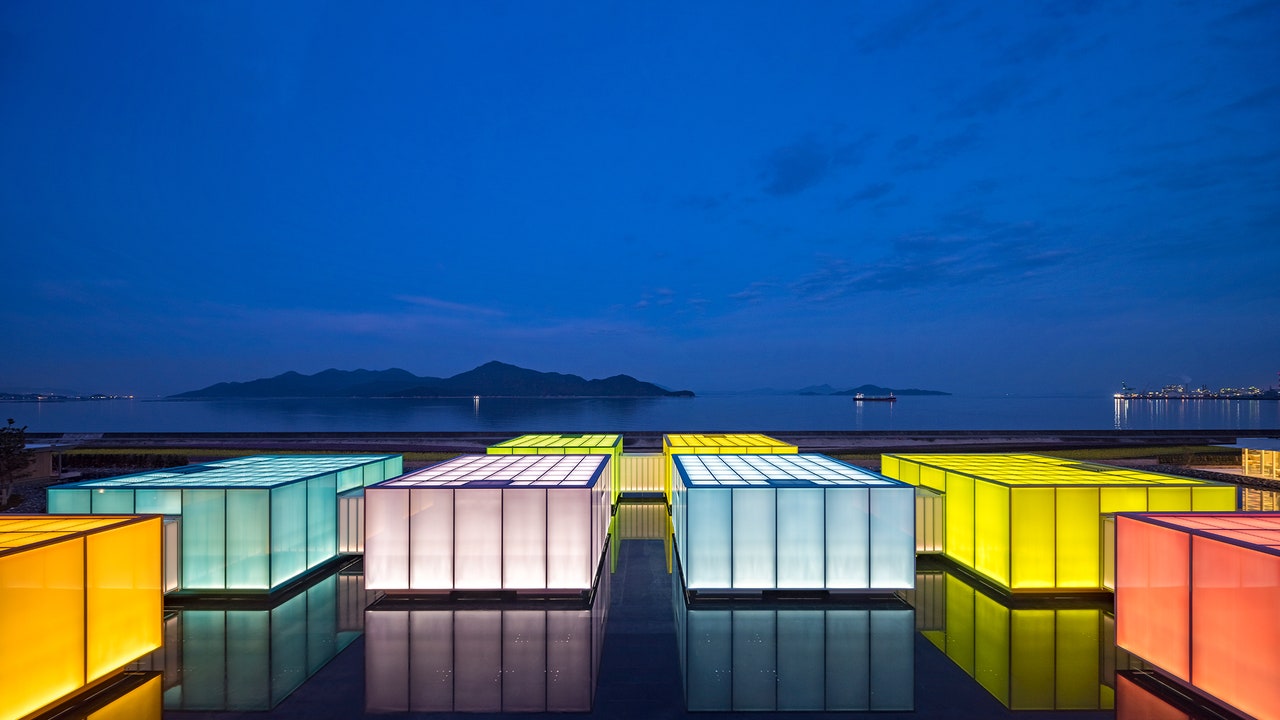As the world’s most beautiful museum, Simose Art Museum is a shining example of this. While the movable galleries aptly reference the local environment, they also are the embodiment of innovation, growth, and change—a clever riff on the very idea of an art museum. As a reflection of cultures, history, and values, art will always evolve, and so too will the structure it is contained in. As Architectural Record points out, Ban’s interest in movable design is in reference to Japanese shoji screens, which were traditionally doors or room dividers that could be opened and closed or moved around to easily reconfigure the layout of a space.
Six other museums were recognized by the Prix Versailles jury, including the Smritivan Earthquake Museum in India, which won a special prize for its interiors, and the Oman Across Ages Museum in Oman, which was recognized for its exterior. China’s A4 Art Museum, Egypt’s Grand Egyptian Museum, the Netherland’s Paleis Het Loo, and Poland’s Polish History Museum were the other four nominees.
In addition to the museums, this year’s awards recognized projects across seven other categories: airports, campuses, passenger stations, sports, emporiums, hotels, and restaurants. Notable winners include the the Hanok Heritage House in Yeongwol, South Korea, which was crowned the world’s most beautiful hotel, and the Zayed International Airport in Abu Dhabi, United Arab Emirates, which was decreed the most beautiful airport.
“Each building and each space that we are memorializing today has the power to transform our society, make our lives more harmonious and connected, and inspire us to better inhabit the world,” Benjamin Millepied, and choreographer and chairman of the jury, said in his opening remarks of the award ceremony on December 2.

